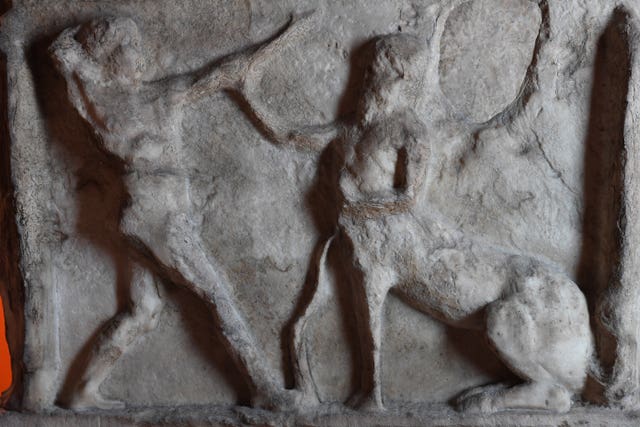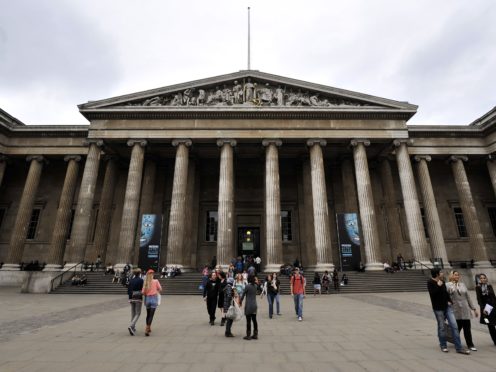A Syrian refugee whose work features in the British Museum’s Troy exhibition has criticised its sponsorship with oil giant BP.
Reem Alsayyah has penned an open letter to the museum, saying it is a “devastating blow” to discover Troy: Myth And Reality is sponsored by the company.
She has urged the museum to follow in the footsteps of the Royal Shakespeare Company and National Galleries Scotland, which have cut ties with BP.
As we approach the opening of our #TroyExhibition next week, we thought it might be time to introduce some of the characters you’re likely to meet from the myth of the Trojan War ⬇ https://t.co/8gNaGLb44e pic.twitter.com/03DZsN1Ivl
— British Museum (@britishmuseum) November 15, 2019
The major Troy exhibition features a film of Alsayyah’s theatre production Queens Of Syria, directed by Zoe Lafferty.
Spoken by 13 female Syrian refugees, it is “a modern retelling” of Euripides’ Trojan Women.
Alsayyah, who was born in Syria during the first Gulf War, and Lafferty wrote to the Museum: “BP has directly profited from the widespread destruction and displacement of people, like the 13 women who formed the cast for our play, and yet you have reached the conclusion that its logo should brand an exhibition highlighting exactly the issues BP contributes to causing.”
The letter said they had been put in an “impossible position, where we must decide whether it is worse to try and remove our work from the exhibition – taking away the chance that this show can shine a light on the harsh realities that our team are living under – or to allow our work to help ‘artwash’ the impacts and crimes of BP, a multinational oil and gas company that has wreaked havoc on this planet and its people.”

Curators say Troy: Myth And Reality will “tell the stories of Troy that have fascinated and inspired people for more than 3,000 years”.
Announcing the exhibition earlier this year, the museum’s director Hartwig Fischer, said: “We are grateful to BP for their ongoing support, without which important exhibitions such as these would simply not be possible.”
A spokeswoman for the British Museum said they understood the concerns raised, adding that it was right to ask questions about funding support that was necessary to ensure such exhibits could be hosted.
“Without external support much programming and other major projects would not happen,” she said.
“Temporary exhibitions deliver tangible public benefit, deepening people’s understanding of the world’s many and varied cultures.
“This exhibition focuses on Troy as the ultimate universal story about the human condition. It features compelling characters and timeless themes: heroism and violence; love and loss; hope and despair, addressing themes as relevant now as they were 3,000 years ago.
“The exhibition features extracts from an important modern adaptation of Euripides’ Trojan Women performed by a group of women refugees from the conflict in Syria, which draws compelling attention to the many parallels between their own experiences and the stories of women in the myth.
The exhibition opens on Thursday at the British Museum.
